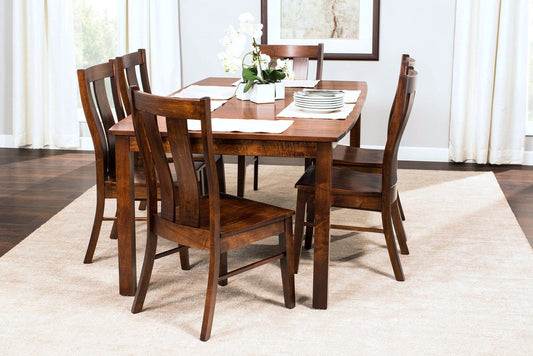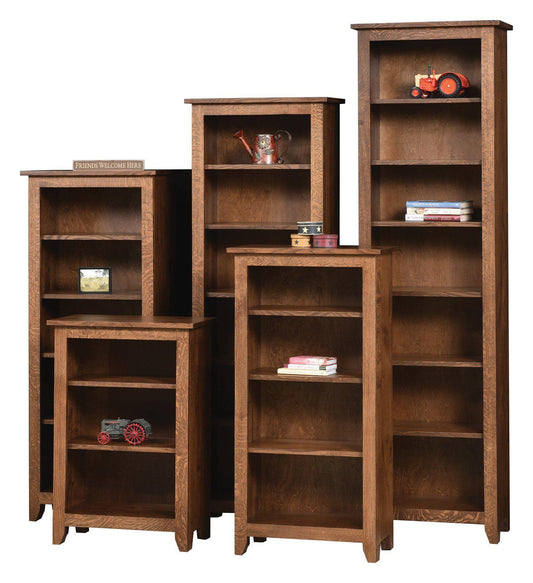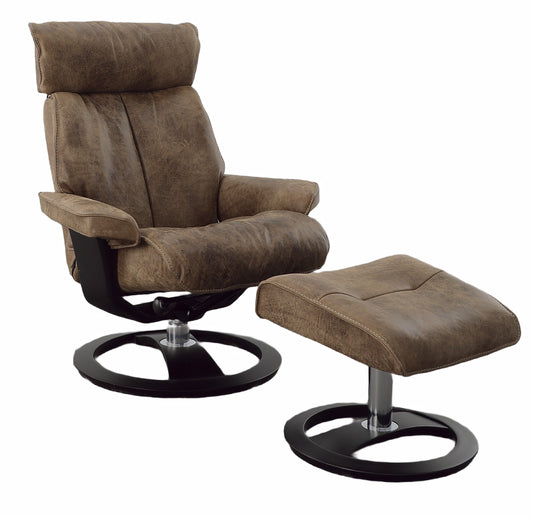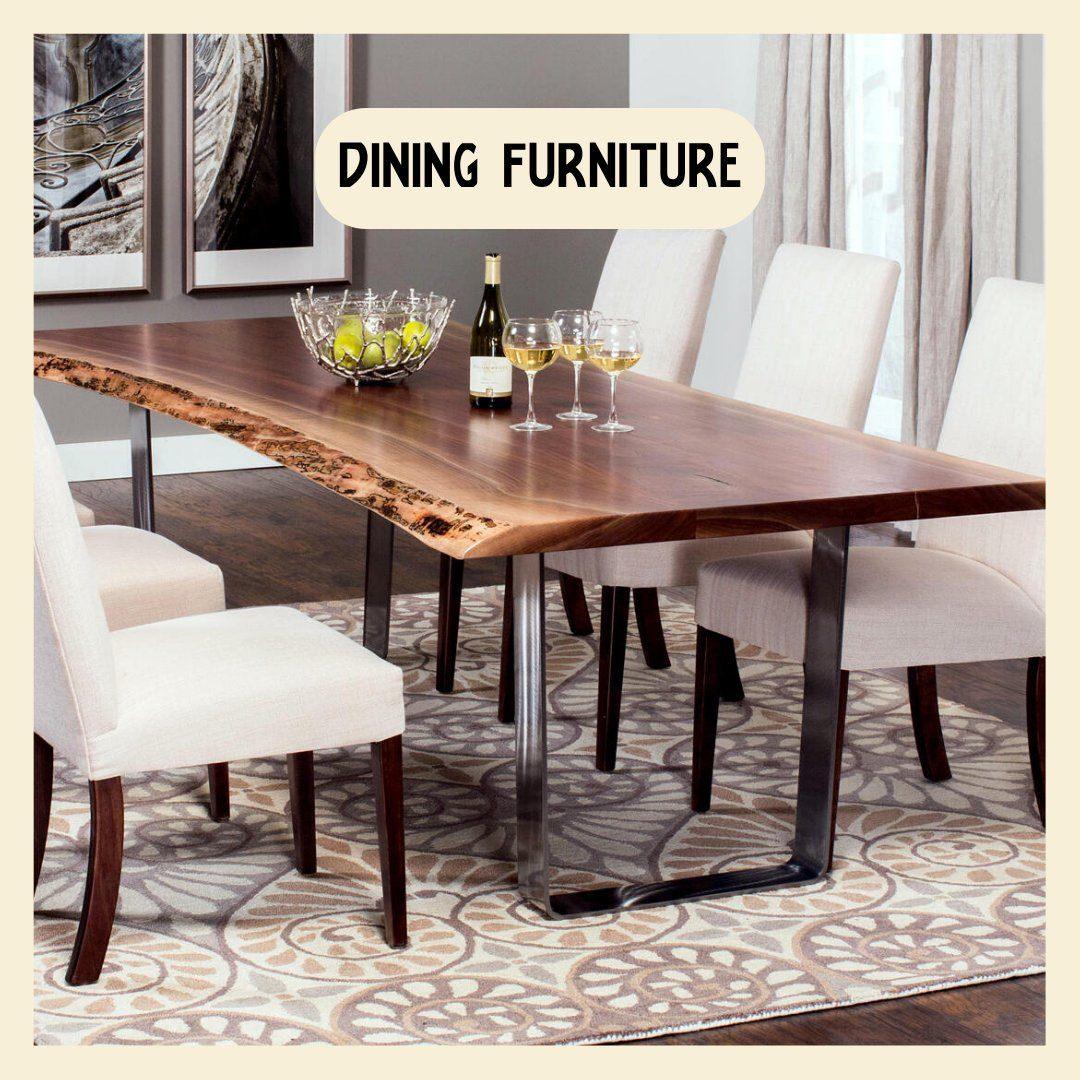Walnut Wood: A Primer
 In it's pre-Colonial heyday, the black walnut tree grew to heights exceeding 150ft and diameters up to 6ft! Due to unsustainable logging practices, however, the American black walnut is considered somewhat rare and today's species, grown predominantly in the mid-west, generally grow to heights of around 75-100ft with diameters around 2-4ft. Because walnut trees grow so slowly - taking up to 150 years to fully mature - the furniture made with this wood typically carries a premium over other domestic woods.
In it's pre-Colonial heyday, the black walnut tree grew to heights exceeding 150ft and diameters up to 6ft! Due to unsustainable logging practices, however, the American black walnut is considered somewhat rare and today's species, grown predominantly in the mid-west, generally grow to heights of around 75-100ft with diameters around 2-4ft. Because walnut trees grow so slowly - taking up to 150 years to fully mature - the furniture made with this wood typically carries a premium over other domestic woods.Be sure to check out our Amish Furniture Buyers Guide for additional information about walnut and the other woods we offer at Modern Bungalow.
Appearance
Both the heartwood and the sapwood of walnut trees is used by woodworkers with the differences in color and grain being used to their advantage whenever possible. The heartwood, or inner part of the tree, ranges from a light pale brown to deeper, darker brown - sometimes even shades of purple - while the sapwood, or outer layer of the tree, can range from a pale yellow-gray to almost white.
The grain of walnut wood is typically characterized as straight and tight. In some cases, you may notice natural color variations in the grains on some walnut pieces - a property that adds a unique touch and enhances the quality of the piece.

One of the most endearing qualities of natural walnut wood is its tendency over the years to develop a deep, lustrous patina. Being the only dark brown domestic species of wood has brought walnut a large and loyal following from woodworkers and fine furniture aficionados.
Durability and Workability
The long maturation period for walnut results in a tight, dense wood that is well-known for its strength and durability. Walnut is highly receptive to oils and finishes, though its rarely stained. Woodworkers note the high level of workability of walnut woods from carving, cutting, gluing, bending, and all processes in between.
Part of its durability includes its resistance to decay, for which it is highly rated. However, walnut wood does have some susceptibility to insect attack.
Due to its high durability and excellent workability, walnut wood is prized by woodworkers and craftsman when creating various projects including quality craftsman furniture.
Is Walnut Right for You?
Walnut is a prized wood species for woodworkers and furniture makers in the U.S. for its beautiful tones, extreme workability, and its enduring strength. Walnut can feature deep, chocolate browns or pale, almost white grains - along with most shades in between. This variation in color is what attracts many to the wood but causes others to stay clear.
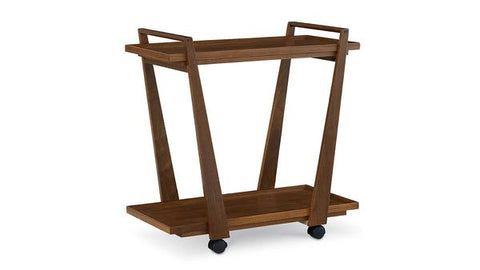
Its extended growth time along with its unique grain patterns and colors make walnut a premium wood in the market and you can reasonably expect to pay a bit more for pieces made with the wood. It's incredibly popular for quality furniture and is a preferred species for architectural millwork. You'll also find walnut commonly used in cabinetry, gunstocks, and turnings.


